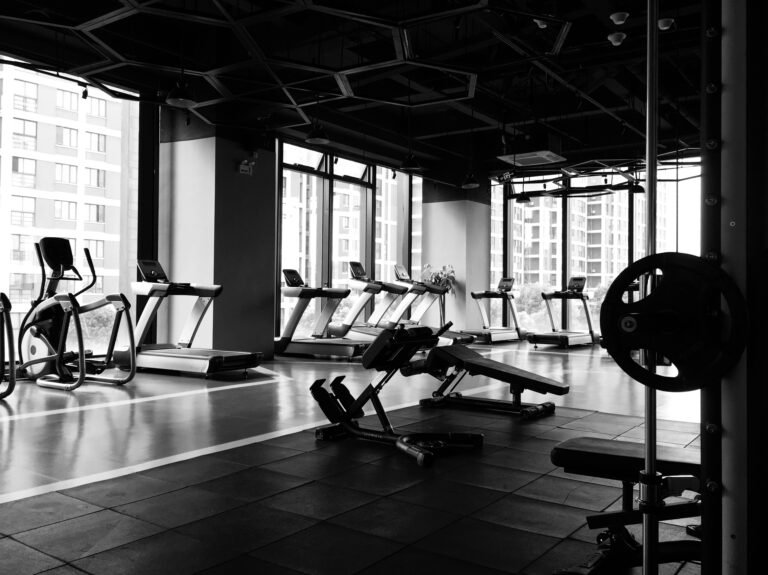Table of Contents
Boost your fitness with a wall-mounted pull-up bar, a top pick by experts for home workouts.
Wall-mounted pull-up bars are a smart choice for your home gym. They let you work out quickly and safely. According to the American Council on Exercise, these bars help build core and upper body strength.
These bars work for many exercises. They save space and offer a sturdy setup for your workout routine.
In this article, we explain why these bars are important. We show key features, compare different types, and guide you on choosing the right one. We also share expert tips and answer common questions to help you decide.
The Importance of Wall-Mounted Pull-Up Bars
Wall-mounted pull-up bars are the heart of bodyweight workouts. They help you work many muscle groups at once. They build arm, shoulder, and back strength.
- Strengthen your core and upper body muscles.
- Offer versatile workouts for different skill levels.
- Fit many exercises like pull-ups, chin-ups, and leg raises.
Key Features of Wall-Mounted Pull-Up Bars
Pick a bar that fits your needs. Look for these features:
- Durability: Choose a bar made from high-quality steel.
- Grip: Non-slip grips make your exercise safe and comfortable.
- Weight Capacity: Make sure it holds your weight and extra load.
Comparing Different Varieties of Wall-Mounted Pull-Up Bars
Wall-mounted pull-up bars come in different designs. Here is a simple comparison:
| Feature/Type | Benefits | Best For | Considerations |
|---|---|---|---|
| Fixed Bars | Sturdy and strong for tough workouts. | Home gyms | Needs permanent mounting |
| Adjustable Bars | Allows height changes for more exercises. | Shared spaces or many users | May need extra setup work |
Guiding Your Selection and Purchasing Decisions
Use these steps to choose the right bar for you:
- Measure your space to be sure the bar fits well.
- Set a budget that meets both quality and price.
- Match your fitness goals with a bar that fits many exercises.
Usage and Implementation of Wall-Mounted Pull-Up Bars
After mounting your bar, try these top exercises:
- Pull-Ups: Use them to build back and arm strength.
- Chin-Ups: Focus on your biceps and upper back.
- Hanging Leg Raises: Boost your core strength.
Caring for and Maintaining Your Pull-Up Bar
Keep your bar safe and long-lasting with these tips:
- Check screws and bolts often, and tighten as needed.
- Wipe the bar with a damp cloth to remove sweat.
- Review grips for wear and replace if they become worn.
Expert Tips and Recommendations
- Make sure your wall is strong enough for the bar and your body weight.
- Add padding to grips for extra comfort.
- Mix up your workout to keep it fun and to avoid plateaus.
- Watch for deals to get a quality bar at a fair price.
Common Questions About Wall-Mounted Pull-Up Bars: Perfect for Bodyweight Exercises
Here are answers to common questions about these bars:
-
Q: How do I install a wall-mounted pull-up bar?
A: Follow the maker’s instructions. Mount the bar on a sturdy wall with the correct hardware. -
Q: Can I use a wall-mounted pull-up bar for other exercises?
A: Yes. You can use it for chin-ups, leg raises, and many bodyweight moves. -
Q: What if my wall is not strong enough?
A: Try a doorway pull-up bar or a free-standing station. -
Q: How much weight can a wall-mounted pull-up bar support?
A: Many bars hold 200 to 600 lbs. Always check the product details. -
Q: Are wall-mounted pull-up bars safe?
A: Yes, if you install and maintain them as directed.
Conclusion
Wall-mounted pull-up bars are a great tool for your home workout. They help you build strength and save space.
Think about your space, budget, and goals. With easy installation and care, these bars last for years.
Ready to boost your home workout with a wall-mounted pull-up bar? Check out this reliable equipment: [Affiliate link placeholder]
As an Amazon Associate I earn from qualifying purchases.
See our related post: Jump Trainers: Resistance Bands for Lower Body Strength
Last updated on May 19, 2025






